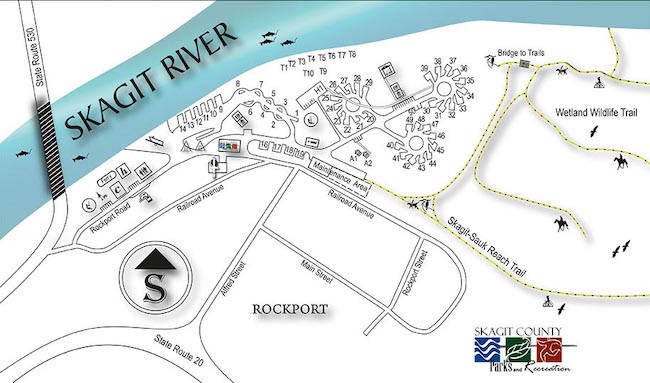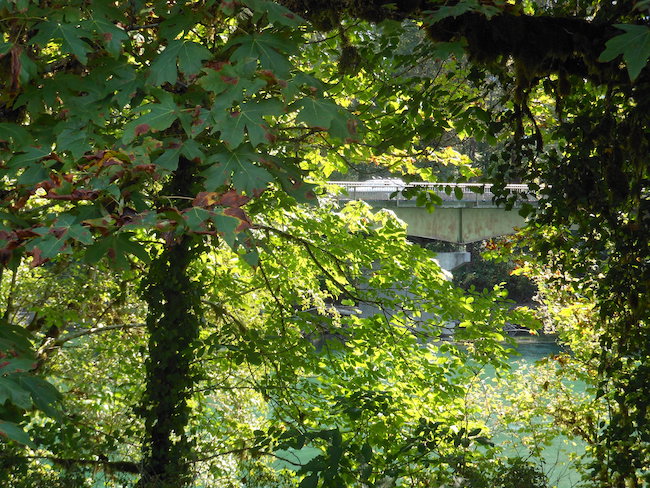Tales From the Magic Skagit: Plying the Skagit

The Skagit River has been a critical artery of transportation for peoples of the Magic Skagit for thousands of years, going back to when Salish craftsmen created canoes for river travel. With honor and thanksgiving, a Salish canoe maker would fell a large cedar tree. It would take days to carve a river-worthy craft with a long, low profile curving up to a flat, shovel-nosed prow. Stone axes were used to shape outside curves, and narrow adze blades took rows of chips from the middle. Fire was used to char away wood and harden finished surfaces — a technique that was introduced to the Corps of Discovery during their encounters with native peoples back in 1805.
It was canoes such as these that carried people and their possessions along the Skagit River. Canoe-men provided early settlers with ferry, mail, and freight service long before passable roads and rail travel became options. They used paddles to guide their craft downstream, and long poles to maneuver upriver against the current and through swift, shallow waters.
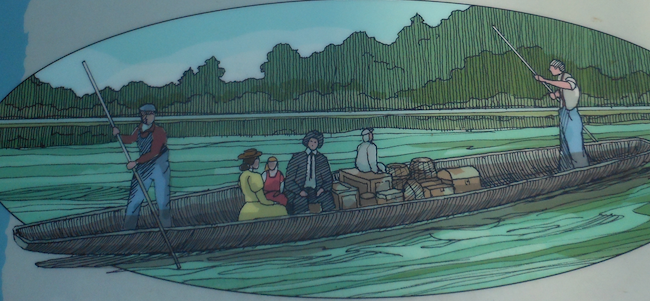
In 1903, the upper Skagit town of Rockport created a ferry to link it with the homesteads on the opposite side. It was a pretty rudimentary contraption that was created by attaching ropes to either end of a dugout canoe to pulleys that rolled along an overhead cable.
This rudimentary craft was eventually replaced by a steel ferry that could carry several cars or a mid-sized loaded truck. It was a type of watercraft known as a “reaction” or “gravity” ferry, and was attached by a bridle cable to a traveler hung on an overhanging cable and secured to a tree on either shore. By winding the bridle cable with a hand crank and releasing line through rear pulleys, the ferryman could angle into the river current and control the boat’s speed. Low tech to be sure, but reliable.
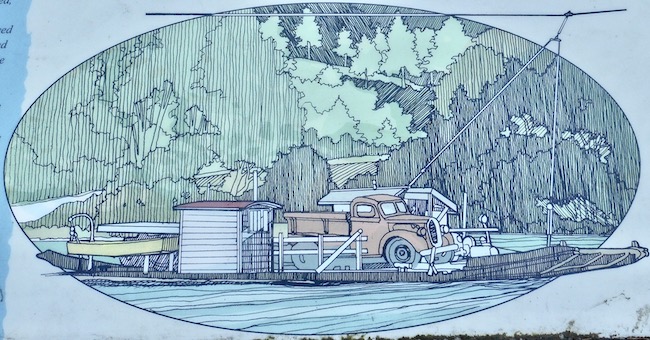
By 1946, hand cranks were replaced by engines, and in 1961 the opening of the Rockport bridge to traffic on State Route 530 ended an era that once saw eighteen current-powered ferries in operation along the Skagit River.
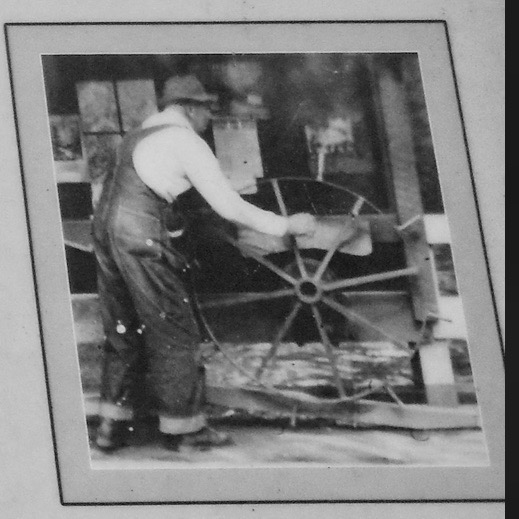
Close your eyes and imagine a balmy Sunday evening in Rockport, on the banks of the mighty Skagit River. Families wait for the ferry to take them to town. Men tell stories, joke and laugh. Women visit and children play on the ferry landing or poke around the river’s edge. Frank Tom, ferryman for many years, is summoned from his cabin on the far shore. He unties the ferry’s tether, and the sounds of rushing water and the straining pulley system fill the air as the ferry catches the river’s current, picks up speed and plows across the water to its waiting passengers.
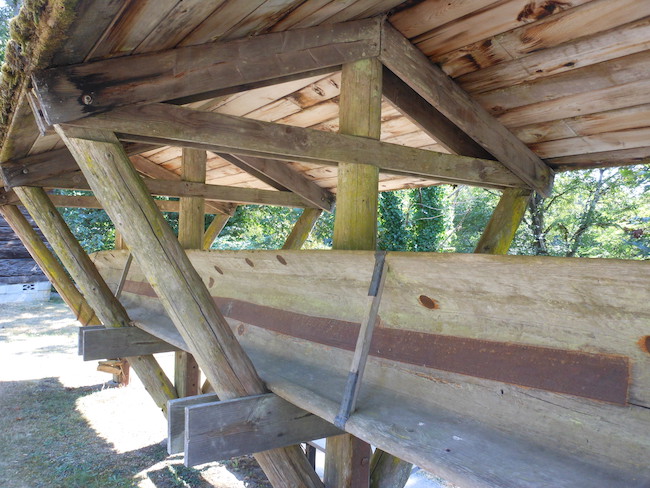
While we like to think of the technology advances over the past century as having made our lives easier, there is a lot to be said for slowing the frenetic pace of existence down to the speed of a ferry boat crossing. There’s a lot we miss in our hurry to get where we’re going, which is, I believe, a big reason that people enjoy fishing the waters of the gently flowing Skagit River.
